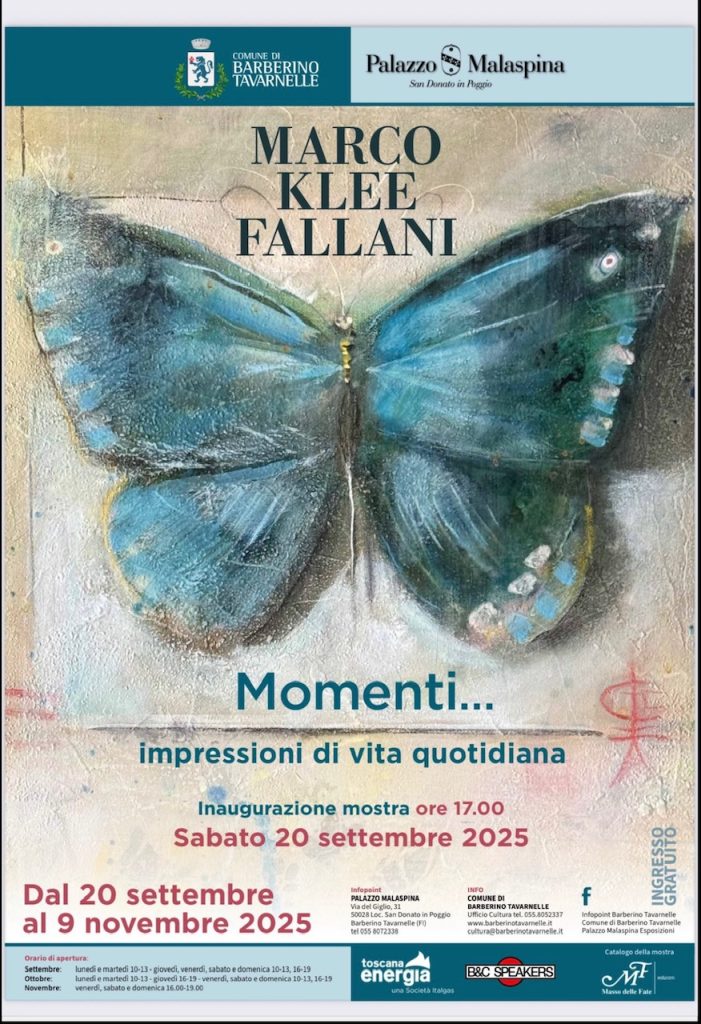By Jacqueline Monet David (Wake Forest University)

On September 21, the Museo Novecento hosted “Opening Loss for an Hour,” an intimate listening event by Kirsten Stromberg within artist and environmentalist Haley Mellin’s fall exhibition, “Siamo Natura” – “We are Nature,” located within Il Giardino delle Leopoldine. The work invited participants to reflect on the urgent realities of extinction and environmental loss by slowing time through sound, creating a rare moment of stillness and listening.
Kirsten Stromberg, a Syracuse Florence professor who teaches painting and the history of experimental music and sound art, used a sound piece at the center of the event, which expands upon the last known recording of the Kaua’i ‘ō’ō bird, declared extinct in 2023. The Kaua’i ‘ō’ō bird, native to Hawaii, was known for its mating call and its sound has become a symbol of ecological absence.
Stromberg’s work stretched the recording, originally only a couple of minutes, into an hour-long soundscape, creating an extended meditation out of a short moment. The recording captures the last male’s unanswered mating call, allowing listeners to reflect on how we, as a society, handle the extinctions our planet faces. While the listening event was, as Stromberg said, a “homage” to the Kaua’i ‘ō’ō bird, it also doubled as an hour for listeners to reflect on our relationship with the planet and its many beings. “Opening Loss for an Hour” provided listeners with the chance to mourn the silence left behind by vanished species while simultaneously reconsidering humanity’s relationship with the natural world.
——————————————————————————————————————–

On September 20, Syracuse Florence Art Professor Marco Klee Fallani opened his exhibit entitled: “Momenti…impressioni di vita quotidiana” (“Moments…impressions of everyday life”). The exhibit includes 42 paintings and 20 sculptures, most created within the past year, with a few spanning the last decade.
Fallani’s work stands out for its ability to capture the quiet beauty and essence of everyday life. Drawing on artistic traditions while incorporating a contemporary touch, his paintings and sculptures include symbolic and evocative elements. A recurring motif in his work is the empty bowl, often surrounded by emptiness and darkness. For Fallani, the bowl represents receptivity and reflection, a philosophical theory and reminder that only through emptiness can one be open to receiving new experiences or emotions. His still lifes transform mundane objects into meditative metaphors for life and its beauty, encouraging viewers to reflect on often overlooked details of their surroundings.
The exhibit highlights Fallani’s versatility in medium and theme. Among the works are watercolors and sculptures, pieces that combine found and recycled materials showcasing his commitment to sustainability and creative reuse. One notable room in the show, designed as a space for weddings, features circular paintings that evoke both emptiness and unity. Fallani’s approach bridges the archeological with the contemporary, rediscovering timeless ideas through a modern lens.
